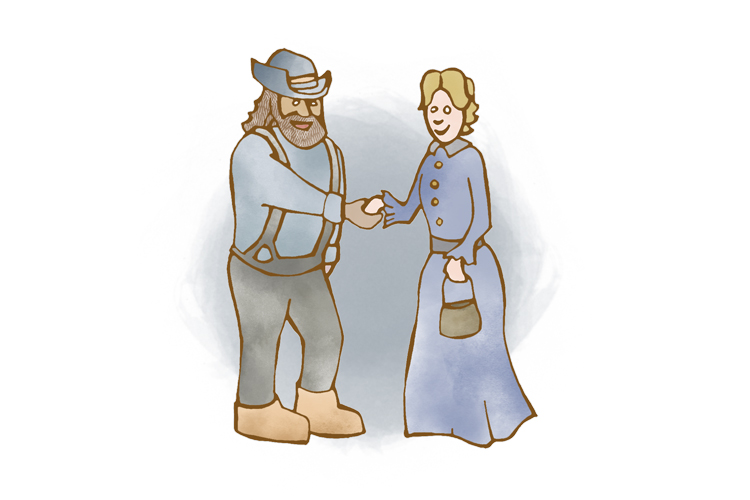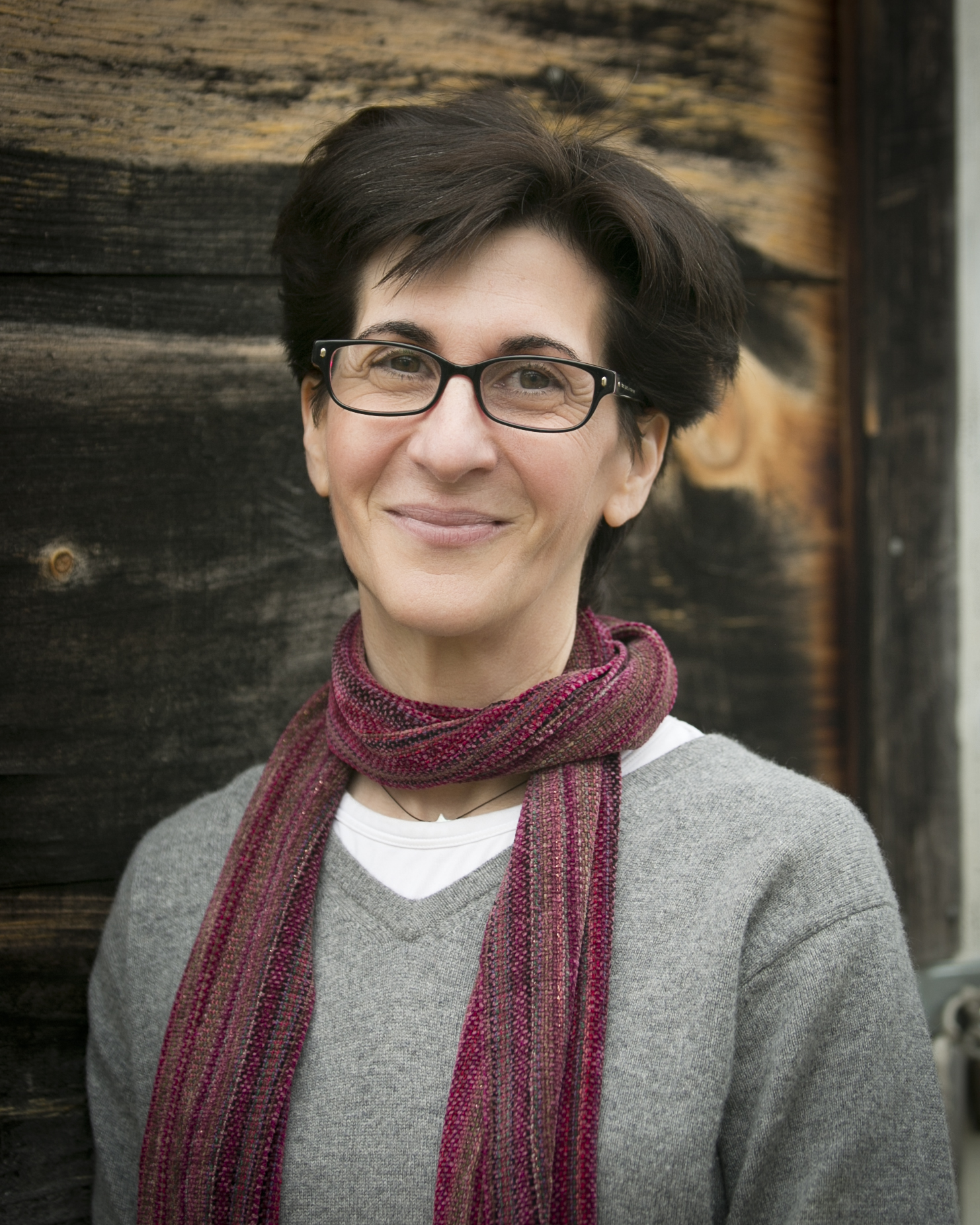Dry Gables: The Stories and How to Use Them
Greetings, Sparklers! With this first story of the new Dry Gables: Good Neighbors collection, we wanted to welcome you all behind the scenes so you can see the unique process and expertise behind these stories in particular. They are not only delightful and entertaining, but they have real use in your household — both in better knowing your children and in knowing yourself.
Dry Gables is a unique series of stories centered around the people who live and work in a Victorian era small town in South Dakota. Each of the characters has their own reason for coming to Dry Gables and each offers an essential ingredient to the town’s well being. Each of the nine characters embodies a way of being in the world — with unique behaviors, motivations, and fears. To accurately develop these characters, we have invited Meredith, our child development specialist and Sparkle Schoolhouse Marm, to offer her expertise. Her years of classroom experience and her training in the Enneagram give us a strong foundation for this series.
The Enneagram? you might be asking. What in the world is that?
The Enneagram is a complex and meaningful model of human personality. It offers us a road map which can be very useful in helping us to identify who we are at our best and what blocks us from being able to access the natural gifts that bring us to a place of happiness and greater ease.
The Enneagram describes personalities in nine different types. As you encounter our stories and grow in familiarity with the Enneagram, you’ll recognize each of these types in the various characters populating Dry Gables. You can find more information about each of the types at this reputable website, but you can also just let the stories paint these pictures in our own slow, gentle, Sparkle way.
If you’re anything like us, learning more about the Enneagram will fascinate you and add a richness and compassion to your relationships that you’ll enjoy. Most Enneagram literature notes that a person’s type is not truly formed until they reach adulthood — so there is no need to identify your child as one particular type right away. In fact, some say that children explore all nine of the types in different ways as they grow and mature. As you get to know our Dry Gables community and begin to see echoes of their behaviors in your own children, you’ll have the tools to respond appropriately to those particular behaviors — and you’ll also be ready when they move on to try something new.
Our aim with this series is to give parents and educators insights into the children in their lives, and then offer ideas on how to respond to the behavior and see the child in a new light. In the blog posts, we take a closer look to see what our children’s actions might be communicating on a deeper level and how we can respond to their most foundational needs. In doing so, we’re hoping make the parenting and education journey more collaborative and creative.
In the first collection of Dry Gables, we spent time getting to know our three families, the Herz Family, the Denken Family, and the Bauers.This series helps us to get to know different personality types — and the gifts and struggles that come as part of the package.
In Dry Gables: Collection One, we ask the question,
“How can we attend carefully to what our children are communicating through their behaviors, words, and emotions?”
In Dry Gables: Hands Together, we added another layer to the rubric of understanding your child. The stories in this season all center around the process of someone helping a struggling friend to be their best self.
In Dry Gables: Hands Together, we ask the question,
When children are experiencing times of stress, what can we offer in order to bring them into balance?
In Dry Gables: Good Neighbors, our stories are organized in a unique way. Instead of basing each story on a single character’s experience, we have grouped them in threes and demonstrated how each person approaches and manages a particular conflict.
In Dry Gables: Good Neighbors, we ask the question
“How do our children try to get their needs met in relationships? And when their needs go unmet, how do they have to cope with difficulty?
In the blog post for the first story “Get It Done,” Meredith talks more about how you might see your child in each of the three different characters and their choices.
The stories in our latest Dry Gables collection are offered in long-form divided in three parts — so you can save them for long car rides or times when you want to dive deep into Sparkle Land.
We are so proud of this series of stories and especially our new collection.Enjoy and then please let us know what you learn and what you observe!
See you in Dry Gables!
~ Meredith and David
About the authors
-

Meredith Markow
Sparkle Schoolhouse Head of SchoolMeredith has been working with adults and children of all ages for the past 25 years as a Waldorf Teacher and Educational Consultant. She received a B.A. with a focus on child development and child psychology from the University of Michigan, in 1984, an M.A. Ed from Washington University in 1987, and her Waldorf Teaching Certificate from the Lehrerausbildung (Teacher Training) in Nurnberg, Germany in 1989. She was certified as a Living Inquiries Facilitator in 2014, and she completed her formal teaching certification with The Enneagram Institute in 2014. Her work in the classroom and with individuals and groups is designed to help people of all ages to drop self-limiting beliefs to live a more joyful and compassionate life.



